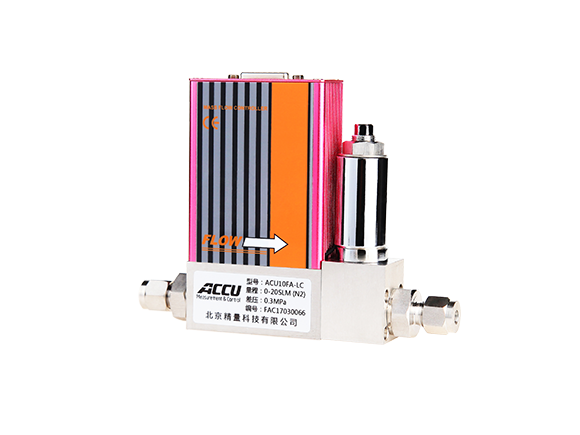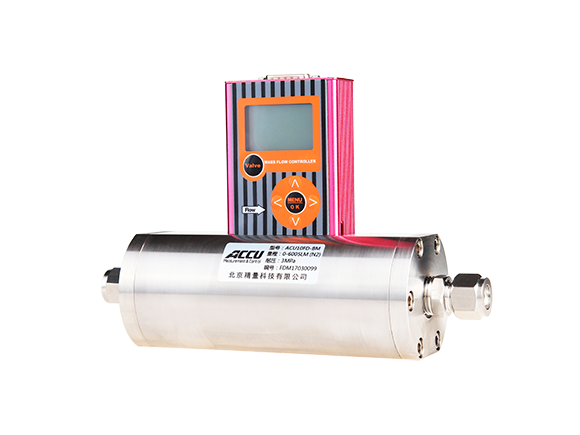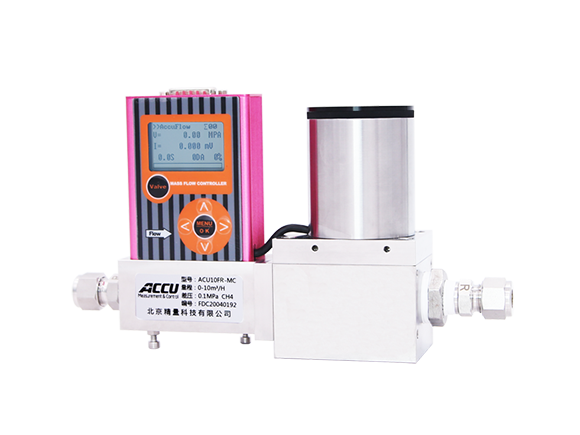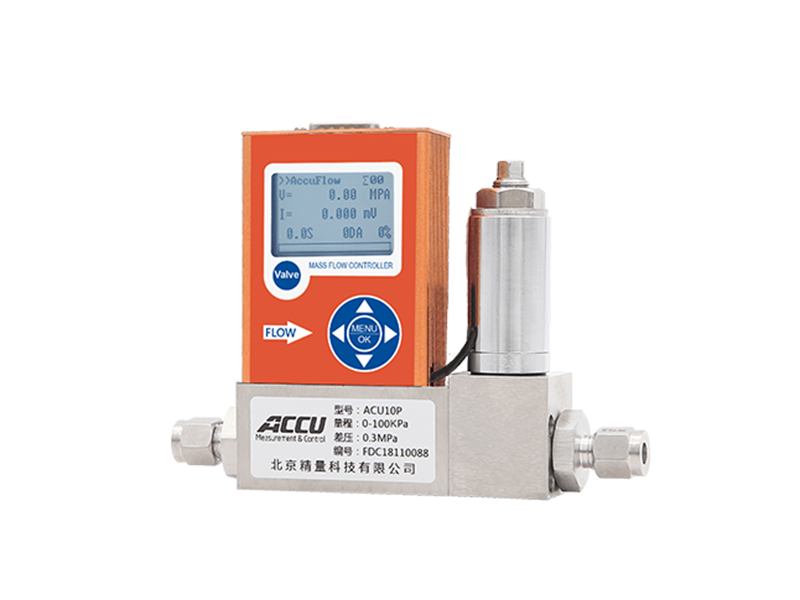Differential pressure mass flow controller: A key technology for improving the accuracy and efficiency of industrial processes
In contemporary industrial production processes, the precise control of fluid media has become a core technological link in ensuring the reliability of production processes, improving production line efficiency, and ensuring the safe operation of equipment. Especially in the chemical, petroleum, pharmaceutical, and energy industries, the precise control of flow rate not only directly affects product qualification rates and production continuity, but also relates to resource conservation and environmental protection. Among numerous flow control technologies, differential pressure mass flow controllers (DP-Flow Controller), with their high precision, efficiency, and reliable flow measurement and regulation tools, have gradually become an important component of flow control systems.
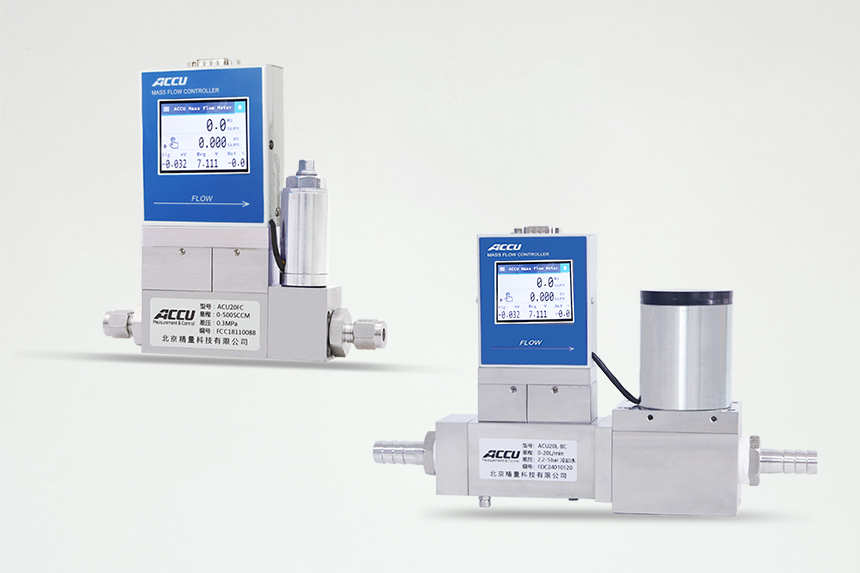
Its core principle is When a fluid flows through a differential pressure pipe, due to changes in the inner diameter of the pipe or the installation of a restrictive element (such as a nozzle, Venturi tube, etc.), the fluid undergoes a local velocity change, resulting in a pressure difference at that point. By accurately measuring this pressure difference and combining the physical properties of the fluid (such as density, viscosity, and temperature), the mass flow rate of the fluid can be calculated.
The working principle of a differential pressure mass flow controller can be simply summarized in the following steps:
1. Fluid passes through the restrictive element
When the fluid passes through a nozzle, Venturi tube, or other flow restriction element installed in the pipe, the flow velocity changes, and the increase in local velocity causes a pressure drop, thus forming a pressure difference.
2. Differential pressure measurement
Differential pressure sensors installed on both sides of the flow restriction element monitor the pressure difference in the pipe in real time.
3. Signal conversion and calculation
The differential pressure signal is processed by the signal processing module in the controller, and combined with the physical parameters of the fluid (such as density and temperature), it is converted into a mass flow rate value through a calculation formula.
4. Control and adjustment
The controller adjusts the valve or other flow control device according to the difference between the actual flow rate and the target flow rate, keeping the flow rate within the preset range.
Compared with traditional volumetric flow meters, differential pressure mass flow controllers can more accurately measure the mass flow rate of fluids and eliminate the influence of temperature and pressure fluctuations. Therefore, differential pressure mass flow controllers excel in fields requiring precise control. Differential pressure flow meters can be widely used in different operating conditions and fluid types, including gases, steam, liquids, and two-phase flows. Whether it is a high-viscosity or low-density fluid, differential pressure mass flow controllers can provide stable flow measurement and control. Unlike many flow meters that require mechanically moving parts, differential pressure mass flow controllers typically have no moving parts, giving them a longer service life and lower maintenance costs.
This type of flow controller is widely used in many industrial fields, especially in the chemical, power, petroleum, and natural gas industries, where differential pressure mass flow controllers are often used to measure, regulate, and control fluid flow in pipelines.
Previous page
Related Products


